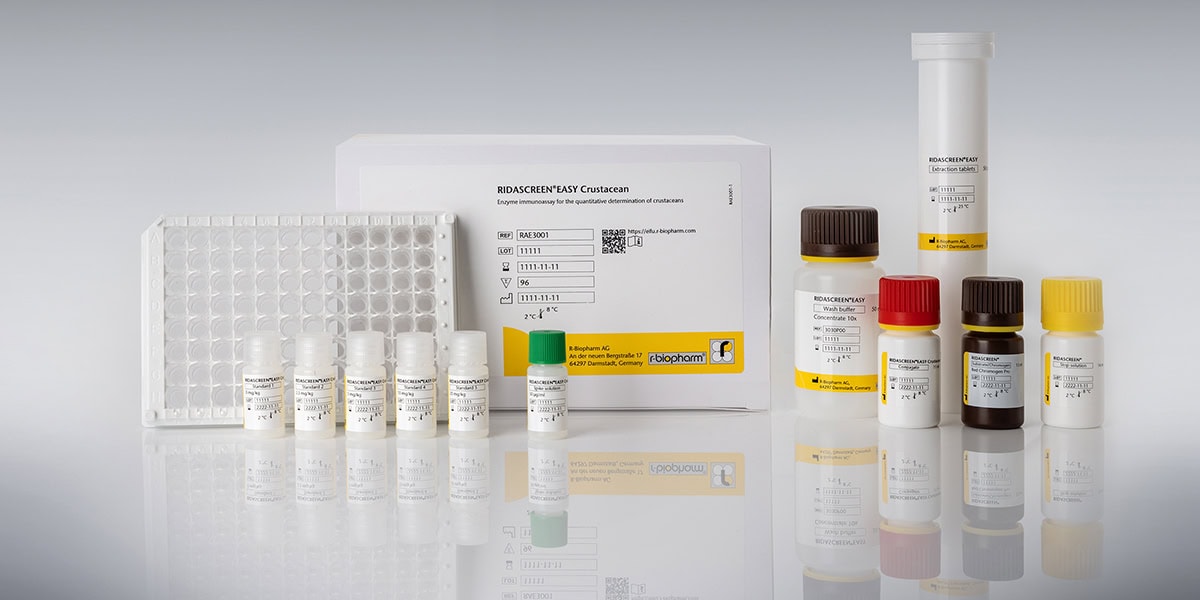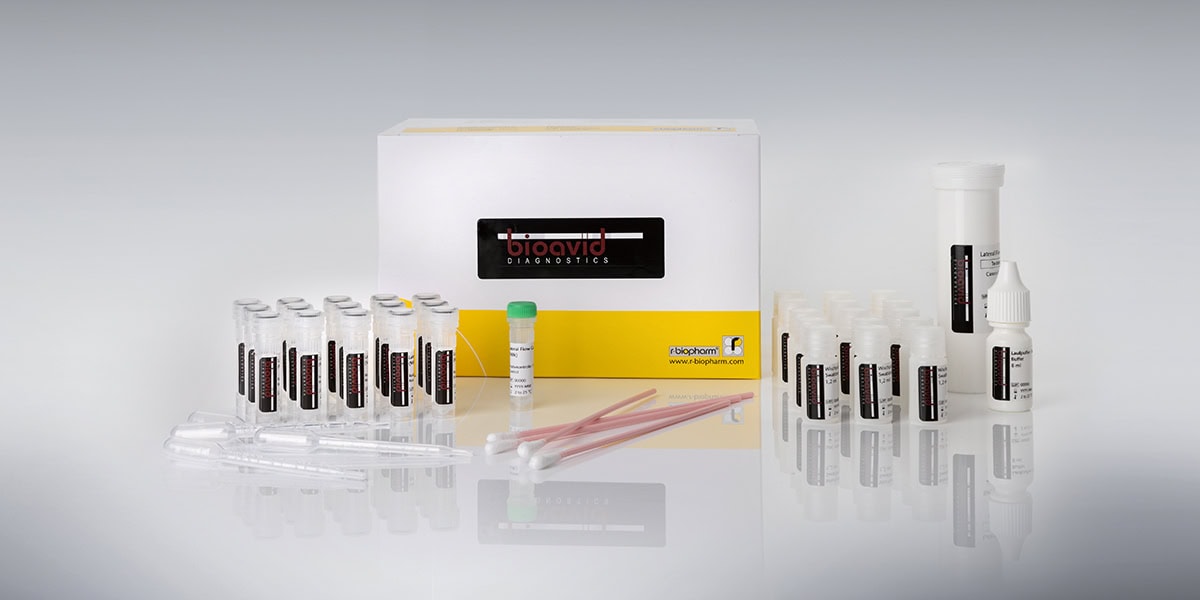
Recent news in Food & Feed Analysis
- Home
- /
- Does your chocolate contain...
Does your chocolate contain allergens?

The 7th of July is World Chocolate Day: An excellent moment to put the spotlight on that tasty treat. According to the statistics, we eat around 9 kg of chocolate per year. Yet, many people must avoid chocolate because it may contain allergenic substances.
Whether milk chocolate, nougat or nut: Chocolate is one of the most popular sweets. However, allergic people must be careful due to the risk of contamination. Undeclared traces of allergens in food can be extremely dangerous for allergy sufferers – and often expensive for the manufacturer. Unlabeled allergens are the leading cause of food recalls. According to the FDA, chocolates and other confections account for 11 % of these allergen-related recalls. In June 2016 alone, the FDA recalled confectionery from 11 manufacturers due to unlabeled allergens.
The most important allergens in chocolate:
[vc_tabs style=”simple”][vc_tab title=”Gluten” tab_id=”1563284265-1-36″]Around 1 % of the population suffers from coeliac disease and must strictly avoid gluten. In chocolate factories that also process cookies or waffles containing gluten, the chocolate may be contaminated.
[/vc_tab][vc_tab title=”Milk” tab_id=”1563284265-2-46″]Cow’s milk is one of the most important allergenic foods and is present in most chocolate products. In addition to allergenic proteins lactoglobulin and casein, milk also contains milk sugar (lactose).[/vc_tab][vc_tab title=”Nuts” tab_id=”1563284334432-2-5″]Whether as brittle, nougat or marzipan: Nuts are present in many chocolates. Even small amounts of nuts in an originally nut-free chocolate can cause allergic reactions like an anaphylactic shock.[/vc_tab][vc_tab title=”Eggs” tab_id=”1563284346337-3-4″]Eggs are well suited as a binding agent and are therefore also used in the production of chocolate. Allergies against hen‘s eggs are relatively rare in the adult population, but widespread among children.[/vc_tab][vc_tab title=”Soy” tab_id=”1563284364213-4-5″]In chocolate production, soy is often used as an emulsifier: It improves the texture of the chocolate. On the list of ingredients, it usually appears as „soya lecithin“.[/vc_tab][/vc_tabs]Sources of risk: How do allergens get into the chocolate?
There are many possible causes of contamination: For example, originally gluten-free grains such as oats can be contaminated with gluten already in the field. During transportation, the food can come into contact with other goods and pick up allergens, too. Risk of contamination is particularly high in facilities that produce e.g. chocolate with nuts and nut-free chocolate. During production and filling, allergenic residues on utensils, machines and work clothes can get into the product. Here, effective allergen management including strict hygiene regulations and regular analyses (e.g. using Bioavid swab tests for surfaces) is particularly important.
„May contain traces of …“
The 8 most important allergenic ingredients are subject to labeling in the USA, in the EU and in some other countries. In addition to the list of ingredients, many chocolate products are imprinted with a note such as “may contain traces of nuts”. This means that the product, according to the recipe, does not contain nuts – however, due to production conditions, it cannot be ruled out that allergenic residues get into the product unintentionally. This advisory label is voluntary and not statutorily regulated; there is so far no uniform definition of what a “trace” involves in terms of quantity.



